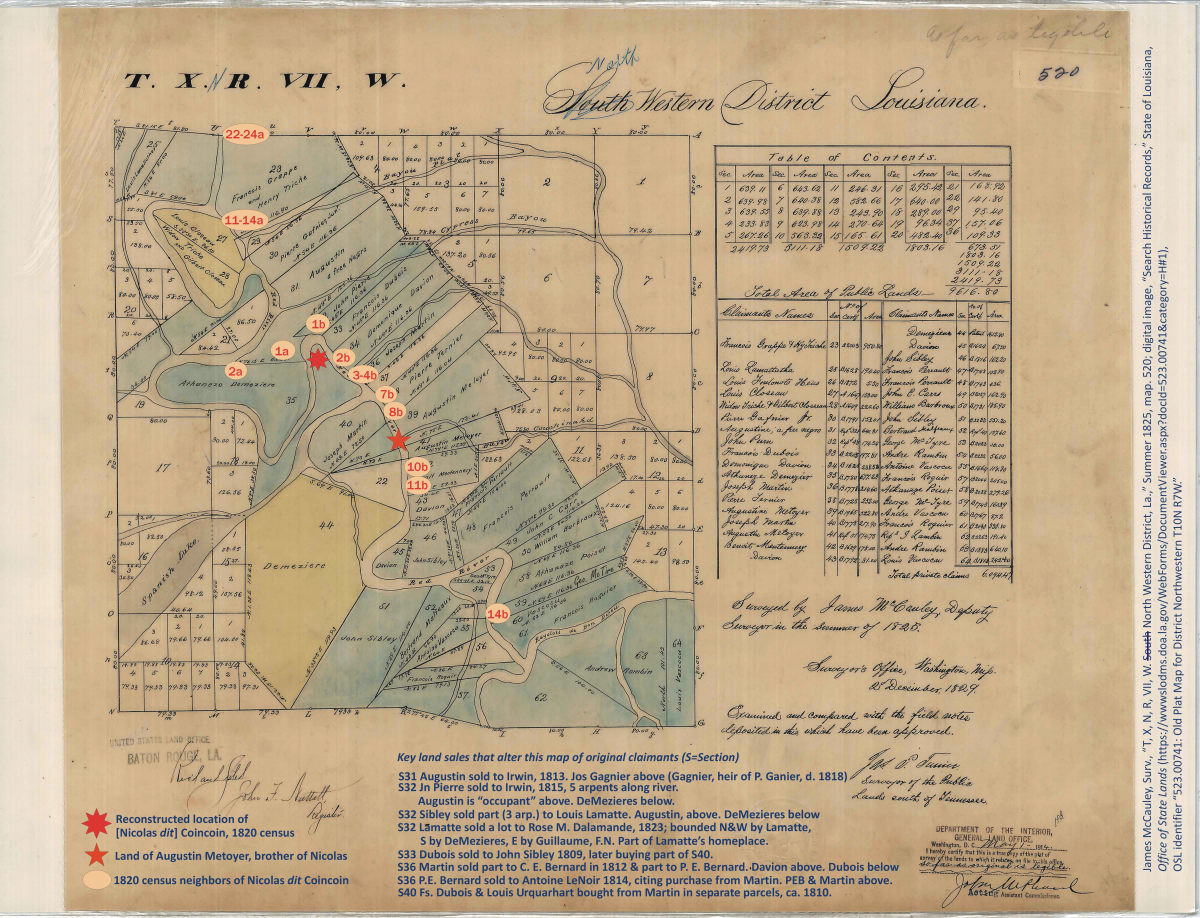2 August 2014
Solutions to the toughest research problems call for integrating many sources. No one type of document can be relied upon to state a needed answer in plain words. We have to correlate bits and shreds of evidence from a myriad of records.
One reason why this effort fails, in rural areas, is an assumption that the person of interest was landless. Many times, when we find someone on a census and that record reports no property, we jump to the conclusion that thorough research in local, state, or federal land records would be pointless.
Given how many historical resources there are for us to explore, we are oh-so-eager to "narrow the possibilities." But it's good to remember that a census is just a snapshot of someone in a certain situation on one day of their life. We can't let that snapshot freeze them there in our mind.
Real people led lives that fluctuate across time. On the day the census taker visited a family, the head of household might have just sold his farm in preparation to make a move—after which he bought land in the new locale. The census does not give us that third dimension. It only tells us that, on that day, he owned no real estate.
Then, too, we all know how often censuses err—not just on names and ages but also occupations and property ownership and race and birthplace and citizenship, as well.
Even individuals who were truly landless can be tracked by creatively using the land records created by their neighbors. Our "QuickLesson 16: Speculation, Hypothesis, Interpretation & Proof" makes that point, using a poor freed slave who grew up in colonial Texas and was buried without a name—but lived a long life that's traceable by studing his census neighbors and associates.
"Too poor to trace" is a common conclusion, but it is one that is likely to be wrong.
IMAGE: A correlation of an 1820 census neighborhood with a township-range survey map, to locate the residence of a propertyless freed slave. See QuickLesson 16.
Too poor to own land?
There's nothing like a good, old-fashioned trip to the Register of Deeds. While many, these days, have an index online, the old records are not. The only thing that works is a thorough search of the index in person.
Even if the census taker enumerated a family who owned land on the census report, it usually only covers the land for dwelling and farm. If the owner had other land holdings in a different area of the county, it most likely is not included on the census report.
For example, Isaac Carter's homeplace was enumerated on a census; but, the timberland he owned was not as it was located some distance from the homeplace.
Too poor to own land?
You've made an interesting observation, Debra. You're speaking here, I assume, of the agricultural schedule that differentiates between cleared and uncleared land?